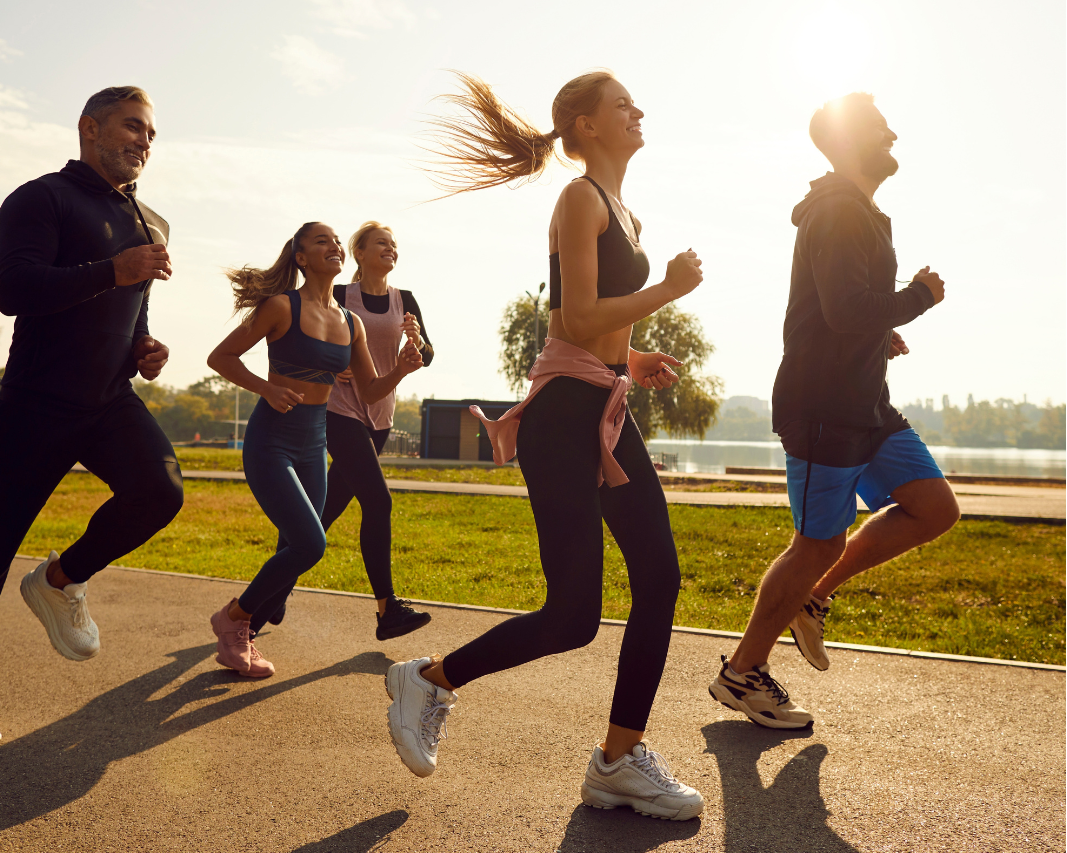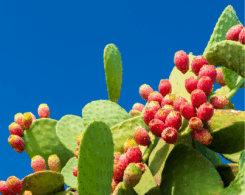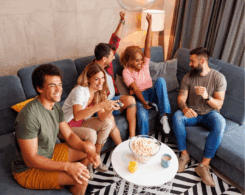Run clubs are becoming social lifelines. In a world that feels increasingly digital, they bring people together with movement. According to the Strava Year in Sport report, 58% of runners say they’ve made new friends through fitness groups. One in five Gen Z participants has even dated someone they met through a run club.
Across North America and Europe, collectives like Slow Girl Run Club and No More Lonely Runs in New York are reframing running as a social outlet. Slow Girl Run Club welcomes women of all abilities to relaxed 5 K runs followed by casual hangouts. In Germany, Laufklub Berlin e.V. builds community for runners at every level. The Rolling Mile in Berlin focuses on inclusivity and genuine connection. In São Paulo, Inner Circle’s Run in Love initiative encourages single runners to wear blue socks as a signal of openness to friendship or dating. This gives proof that modern run clubs care as much about connection as they do about cardio.
In Asia, running is blending with nightlife and mindfulness to attract younger audiences. No Rules Run Club in Seoul hosts post-run DJ sets, while Wyrd Running in Hong Kong uses Celtic symbolism and mindfulness to reconnect runners with nature. In the UK, Ravers2Runners organizes 5K “festival runs” around Glastonbury, merging club culture with wellness. Together, they show how running has evolved from a solitary pursuit into a shared social scene. Care to join the movement? Read on!
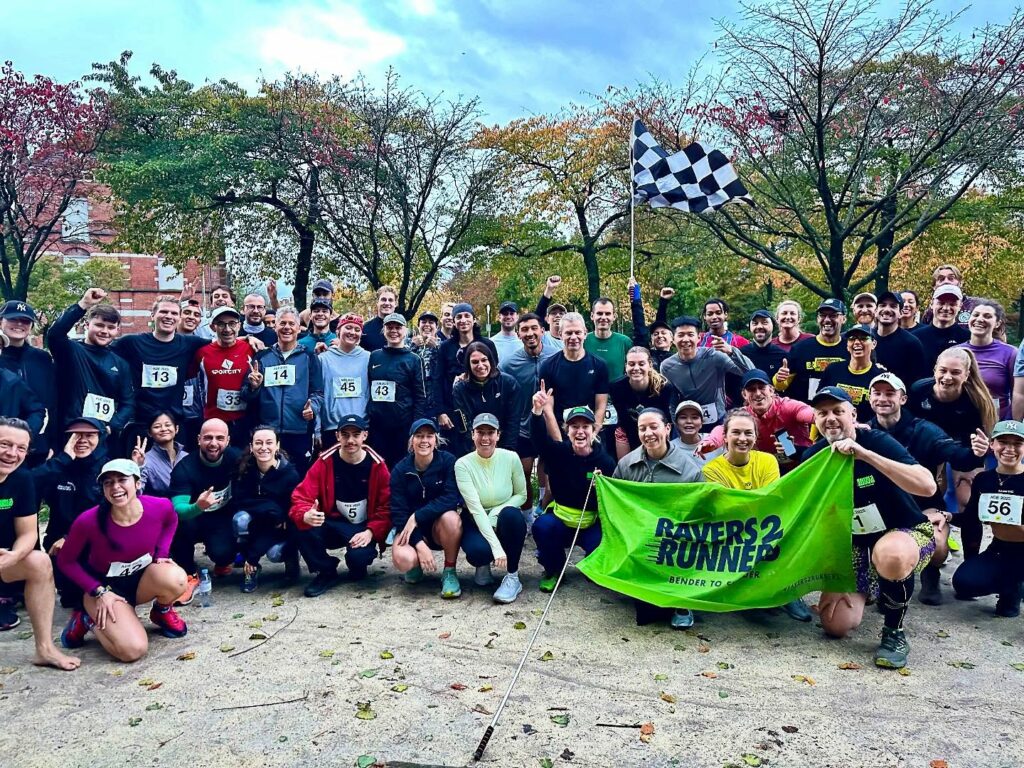
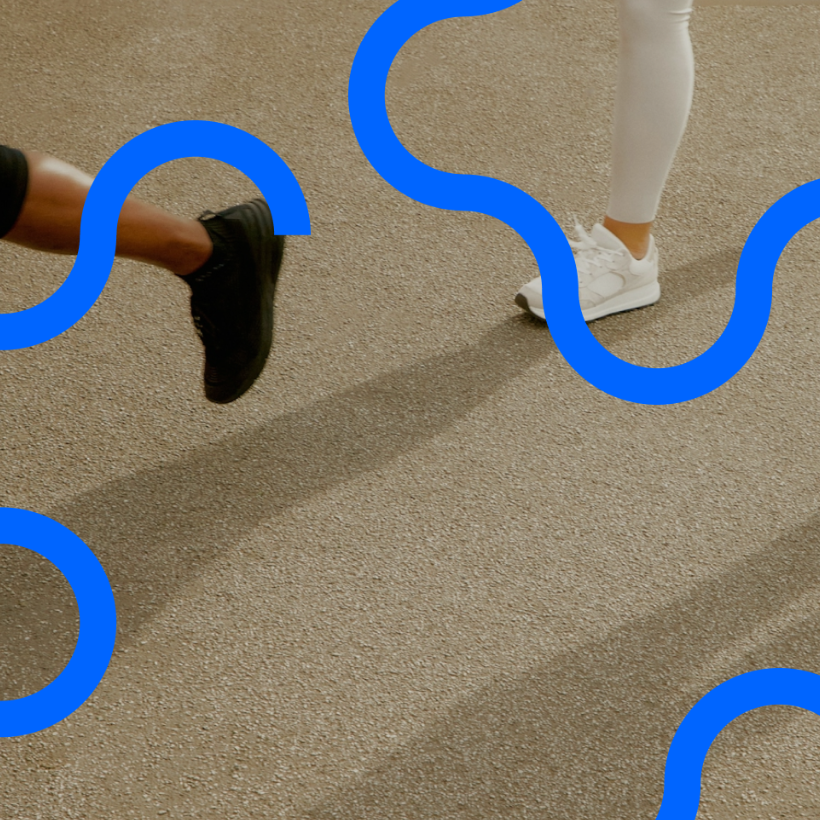
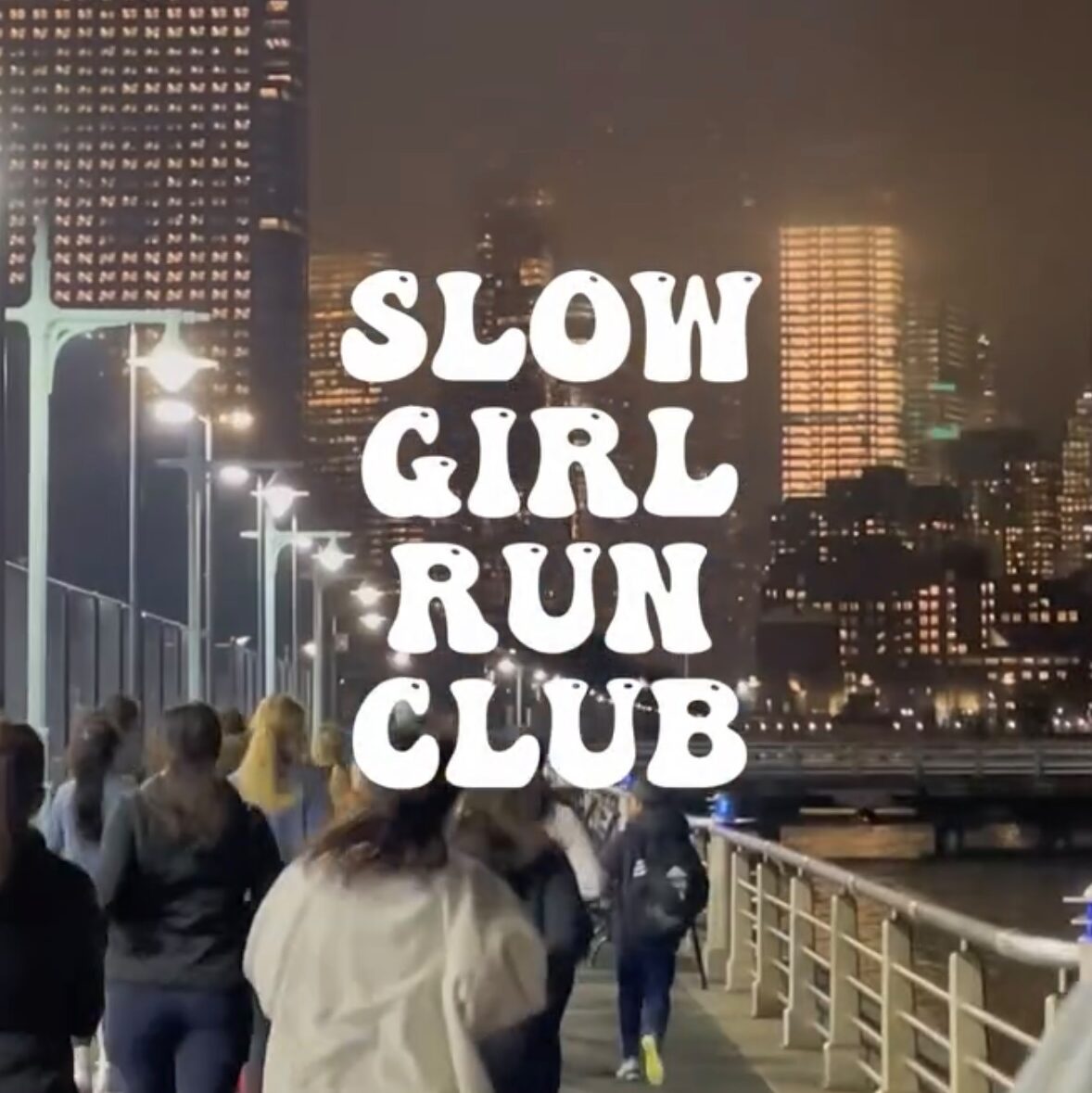
A global movement, locally grounded
Run clubs thrive because they build hyperlocal belonging within global networks. In Japan, university running circles and campus-based clubs continue to play a central role in student life, blending wellness, teamwork, and self-expression with sport. Universities like Waseda and Tokyo Tech highlight the growing popularity of track-and-field clubs that welcome both competitive and recreational runners. These spaces foster friendship and creative collaboration as much as athletic achievement.
In Kenya, youth athletics programs are evolving into community enterprises that pair training with mentorship and social entrepreneurship. Programs like Kijana Ajibika have grown from 30 to 58 clubs, engaging over 1,300 youth through running and mentorship. Organizations such as Athletics Kenya and Kea Jenga Athletics Club are building similar pathways, using sport as a platform for empowerment and inclusion.
In Mexico, cult brand Hermanos Koumori has turned running into a creative, nature-connected lifestyle, partnering with adidas on mountain-inspired apparel. In Australia, Fractel Community Mission links running with environmental action, encouraging participants to collect litter or plant native seeds after every run. These initiatives show how, for the next generation, running goes beyond workout: it offers a way to give back.

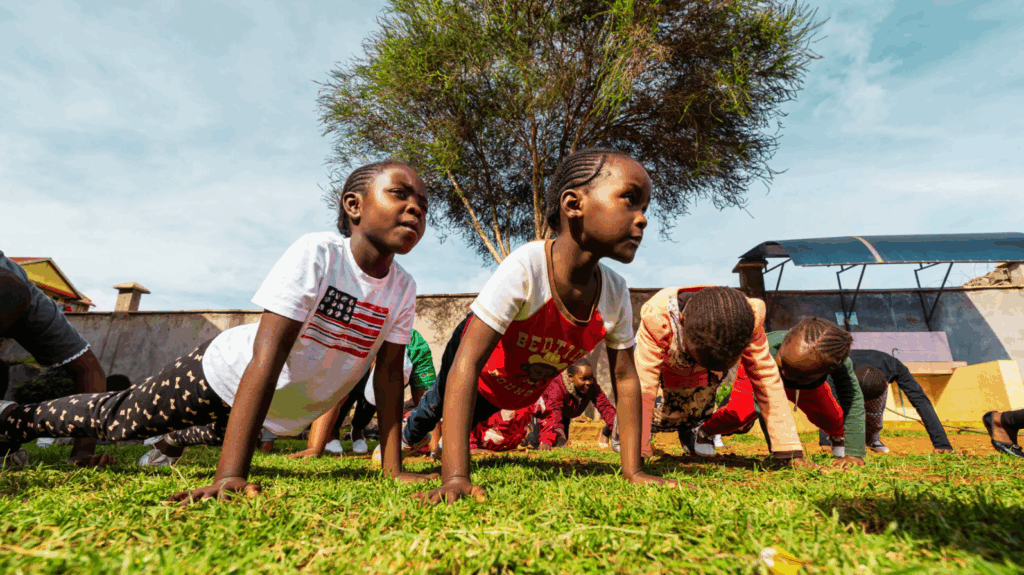
Inclusivity is another major driver. Nike’s After Dark Tour, held in London, Mumbai, and Los Angeles, invites women to run safely after sunset with female coaches and reflective gear. ASICS’ NAGINO campaign reframes running as collective wellness with the tagline “Move your body and mind in harmony.” Meanwhile, PUMA’s Go Wild and On Running’s Soft Wins celebrate joy and community over speed, encouraging what runners affectionately call “smiles over miles.”

The road ahead
As youth running evolves, its real power lies in belonging over performance. Run clubs form the new social hubs: places where wellness, creativity, and culture intersect. From Mexico City to Manchester, Tokyo to Toronto, running is transforming from a solitary ritual into a shared identity.
For innovators and brands, the opportunity runs deeper than sport. These communities channel energy, motion, and emotion into new ideas. Think scent and skincare that move with the body, or hydration and recovery rituals that extend the post-run high. Running is reshaping fitness and it is shaping the next wave of lifestyle innovation.

